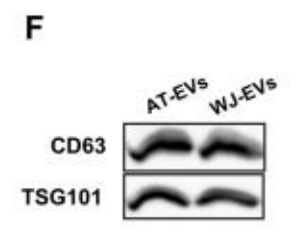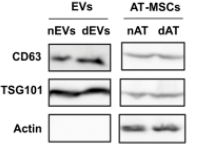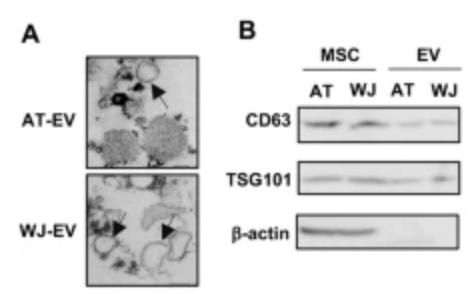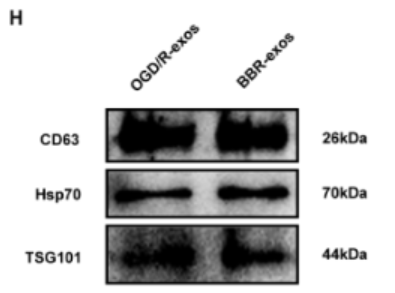Alternative Names
ESCRT I complex subunit TSG101 antibody; ESCRT-I complex subunit TSG101 antibody; TS101_HUMAN antibody; TSG 10 antibody; TSG 101 antibody; TSG10 antibody; Tsg101 antibody; Tumor susceptibility 101 antibody; Tumor susceptibility gene 10 antibody; Tumor susceptibility gene 101 antibody; Tumor susceptibility gene 101 protein antibody; Tumor susceptibility protein antibody; Tumor susceptibility protein isoform 3 antibody; VPS 23 antibody; VPS23 antibody
Species Reactivity
Human,Mouse,Rat,Monkey
Immunogen
Synthesized peptide derived from the C-terminal region of Human Tsg 101.
Immunogen Species
Homo sapiens (Human)
Purification Method
The antibody was affinity-purified from rabbit antiserum by affinity-chromatography using epitope-specific immunogen.
Concentration
It differs from different batches. Please contact us to confirm it.
Buffer
Liquid in PBS containing 50% glycerol, 0.5% BSA and 0.02% sodium azide.
Tested Applications
WB, IHC, IF, ELISA
Recommended Dilution
| Application |
Recommended Dilution |
| WB |
1:500-1:2000 |
| IHC |
1:100-1:300 |
| IF |
1:200-1:1000 |
| ELISA |
1:5000 |
Storage
Upon receipt, store at -20°C or -80°C. Avoid repeated freeze.
Lead Time
Basically, we can dispatch the products out in 1-3 working days after receiving your orders. Delivery time maybe differs from different purchasing way or location, please kindly consult your local distributors for specific delivery time.
Usage
For Research Use Only. Not for use in diagnostic or therapeutic procedures.









